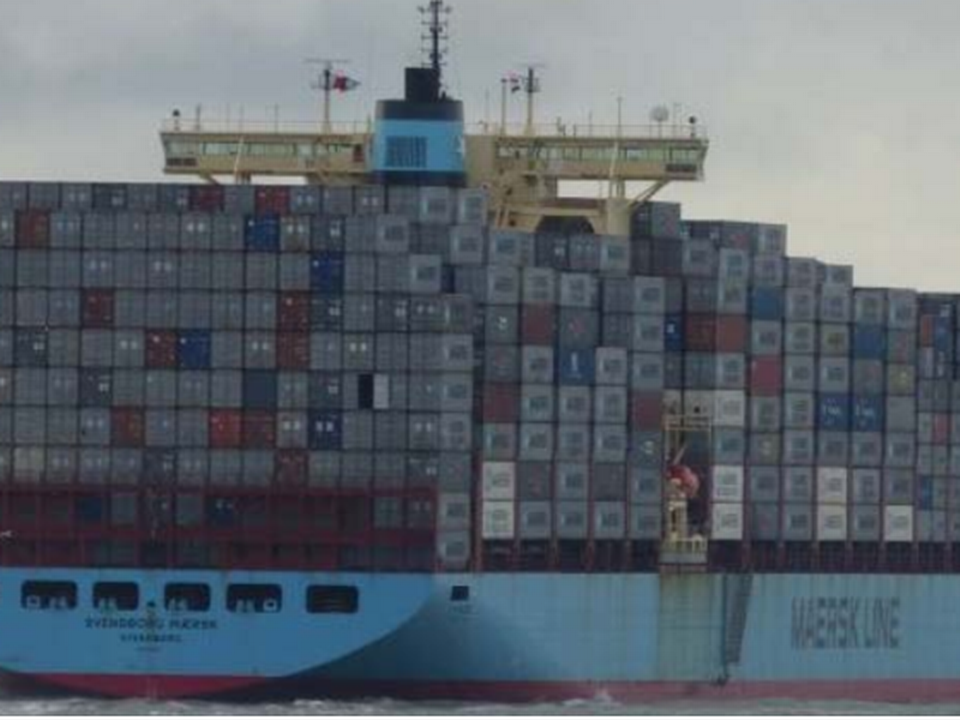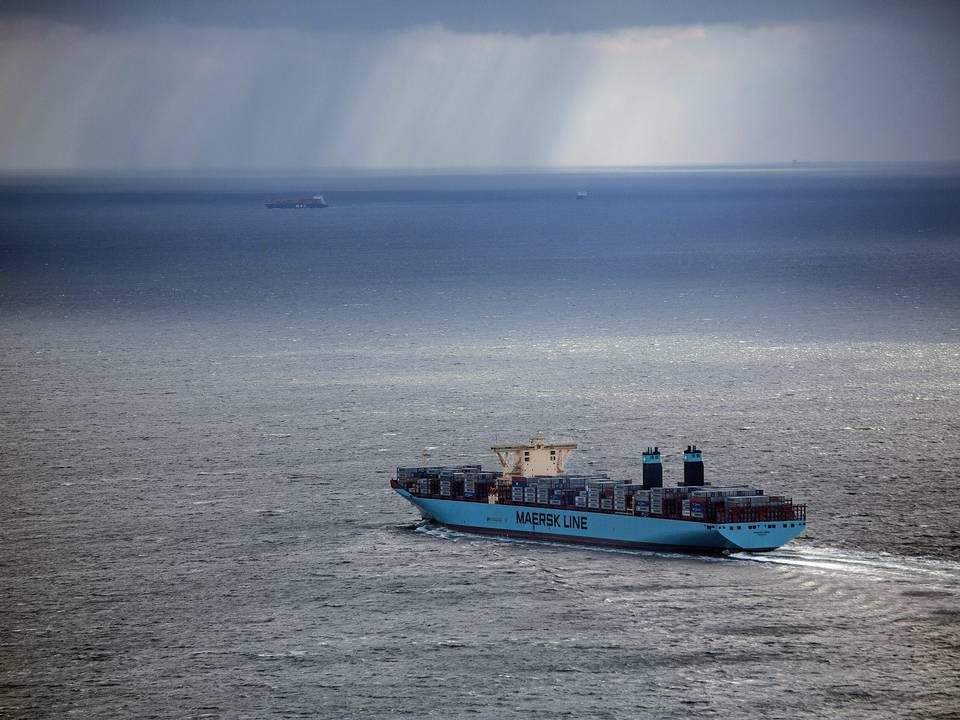Søren Skou: The American market is on fire

LONG BEACH, CALIFORNIA
The timing for the nine-month port conflict on the US West Coast could hardly have been better, at least seen from the container carriers' perspective. Not least because the conflict has driven spot rates up to levels that have not been seen for years in the Pacific Ocean, where prices have now passed USD 5,000.
Right now an army of representatives from the world's largest container carriers have descended on Long Beach to participate in the 15th TPM Conference, where they traditionally begin negotiations with the many shippers, including Nike, Electrolux, Abercrombie & Fitch, IKEA and several others which have also made their way to Long Beach.
Negotiations which will go on during coming weeks and end with contracts effect for over a year.
Growth in US economy
Besides the conflict causing a high demand for container vessels - allegedly counting 29 ships off the coast of Los Angeles and Long Beach at this tim - the general growth in the US economy is contributing to the need for transport. Low availability and low oil prices are simply pushing the American consumers to shop amok, and container carriers will deliver a good portion of the goods.
And this situation suits the CEO of the world's largest container carrier, Søren Skou, who is currently in the US West Coast to begin negotiations with key customers.
"Its nice to be in the US, which is one of the bright spots in the world right now. The economy is doing well and low energy prices are providing an injection that can be felt. This is visible in the container market, where prices have gone way up," said Søren Skou in an interview with ShippingWatch during the conference.
Higher contract rates towards May 2016
The big customers test the waters with container carriers, and then parallel negotiation-rounds commence ahead of May, and it is in this regard that Søren Skou believes the carriers have been dealt a particularly good hand this year.

"I think, in the US, we will see higher contract rates towards May 2016, since the long deals will always be affected in some degree by the spot rates," he points out.
The shippers should not get their hopes up for a bunker discount, meaning that the low oil price which carriers are enjoying would automatically benefit the customers.
"Supply and demand rule the market. When oil prices a few years back rose from USD 30 to USD 130 per barrel, the container rates fell throughout this period. So rates are not driven by the price of oil. But I am well aware that we are facing The Walmarts of The World," he says, referring to one of the biggest shippers in the world, the US-based retail chain Walmart.
Talking the market up
The economic growth in the American market is important for carriers, which like other actors in the business sector can see the growth slowing down in China - though the Chinese market is still the most important market for Maersk Line by far. The carrier is relatively small in the US, with less than 10 percent of the American container market.
ShippingWatch has met with several shippers at the conference, but they decline to make any statements at this time. Although they agree that the protracted conflict on the West Coast has been very damaging to the ports, and they also agree that Søren Skou's optimism is partially due to the fact that negotiations are beginning now, and that the carriers have an interest in talking the market up. One shipper, representing an importer of Chinese goods, says that he will wait as long as possible to begin negotiations, because he expects the prices to drop with growing distance to the conflict and its consequences. And it will also be easier to achieve a contract with low rates.
Maersk Line: Sharp prices on new ships
SeaIntel: Maersk Line could win big on sliding oil price
Related articles
SeaIntel: Maersk Line could win big on sliding oil price
For subscribers
Wall Street Journal: Maersk Line considers mega-vessels
For subscribers





















